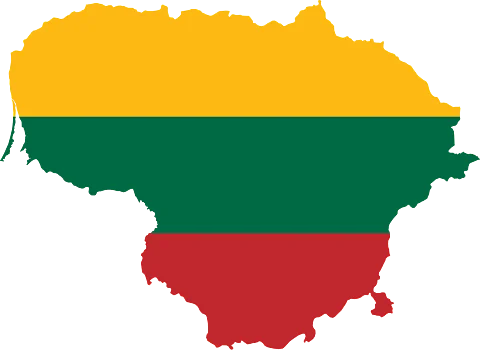
- Home
- न्यूजग्राम
- NewsGram USA
- India
- World
- Politics
- Entertainment
- Culture
- Lifestyle
- Economy
- Sports
- Sp. Coverage
- Misc.
- NewsGram Exclusive
- Jobs / Internships

New Delhi: The Make in India Week in Mumbai witnessed the arrival of Lithuania ambassador Laimonas Talat-Kelpša. It was also the 98th anniversary of Lithuania's independence. On behalf of the country, Prime Minister Narendra Modi was presented with a unique gift: a specially published small Sanskrit-Lithuanian dictionary.
A common Indian might feel the presence of this exotic-sounding European country, an uncanny one.
With the fastest public WiFi in whole Europe, Lithuania has been ranked as the 20th best country for doing business this year; standing at number eight in ease of starting a business and taking it less than three days to start a new venture there.
However, with the active involvement of Lithuania in the club of world's leading economies, the Organization for Economic Cooperation and Development and with India upping its game in making a global presence, the two countries seem to strengthen and renew their ties.
PM bestowed with Sanskrit-Lithuanian dictionary
A small Sanskrit-Lithuanian dictionary was published and gifted to Prime Minister Narendra Modi during the Make in India Week program in Mumbai.
This shows how both countries use common words in their every dialect which helps in generating a positive energy. This further strengthens Indo-Lithuanian ties, with people in authority able to reconnect and make significant international trading decisions.
Why the unfamiliarity with Lithuania?
Often mistaken for Ludhiana in Punjab, the place is uncommon to the Indian ear. Lithuania is lesser known in India due to various reasons:
Indo-Lithuania- interweaved with striking similarities
The future to come
Upcoming years could be challenging but opportunities would be in the bounty:
Just like India, Lithuania is a country built from scratch. Accomplishing 37th position in the UN Human Development Index, the nation boasts of excellent social and educational conditions. All this achieved in mere 26 years. Therefore, India understands its hard-earned transformation best. (Inputs from ibnlive.com)(Image source: wikimedia.org)
